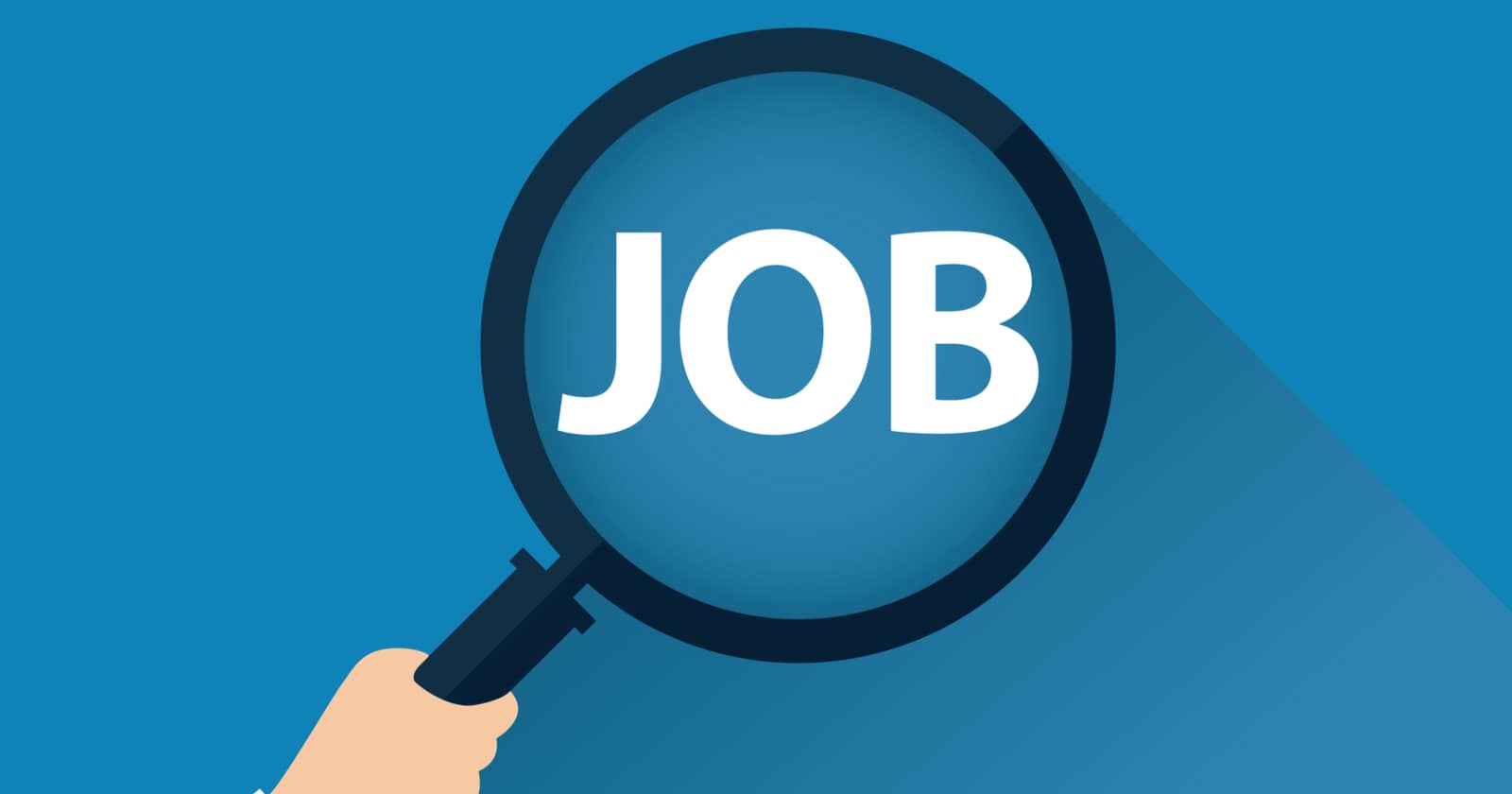
Altaqm
Add a reviewOverview
-
Sectors Data Processing
-
Posted Jobs 0
-
Viewed 17
Company Description
Reduce Cost per Hire Strategies For Recruitment

Is your company hemorrhaging cash on your hiring procedure?

You’ll have no method of understanding if you do not track your expense per hire (CPH).

According to Indeed, employing just one worker can cost companies anywhere from $4,000 to $20,000, so there is a great deal of irregularity included.
By computing and tracking your average expense per hire, you’ll understand specifically just how much cash it takes to draw in, employ, and onboard new skill.
This is vital for making your recruitment procedure more efficient and affordable, which is why cost per hire is an essential metric.
Industry averages like the one provided by Indeed are likewise useful for evaluating the performance of your recruitment process. However, there are other HR metrics to consider, such as quality of hire (more on this later).
How much you invest in working with new staff members will differ from industry to industry, so it’s important to work based upon your data.
Also, the cost-per-hire metric encompasses more than the cost of carrying out interviews. Instead, CPH applies to every aspect of the skill acquisition procedure, consisting of training, onboarding, and background checks.
Add your internal and external recruiting expenses and divide them by your total number of hires to get your cost-per-hire value.
In this guide, I’ll describe cost-per-hire, how it can be calculated, and how you can use it to make more significant recruiting choices. Keep reading to get more information.
Understanding how cost per hire works
Costs per hire is a recruiting metric that determines just how much a company invests in working with brand-new workers.
As pointed out in the intro, it’s an extensive metric that includes expenditures like training and onboarding and the cost of hiring.
For recruitment teams, cost per hire is a vital KPI (crucial efficiency sign) that informs them around just how much it should cost to fill an employment opportunity. As an outcome, a company’s cost per hire typically notifies its recruitment budget.
This is since you can use CPH to identify your overall recruitment expenses.
For example, if you find out that your average CPH is $5,000 and you hired 50 employees in 2015, you invested around $250,000 on skill acquisition.
If you’re delighted with that, you might set the following year’s budget plan at $250,000 (or more if you intend on employing over 50 workers this time).
Calculating CPH has other visible benefits, such as:
Determining how much you invest on each aspect of the working with process allows you to discover locations where you may be spending excessive (or not adequate).
Providing a criteria to grade the efficiency and performance of your recruiting staff.
These are the primary reasons CPH has become a staple HR metric that practically every organization determines.
What are the components of CPH?

Many add to your expense per hire, as it integrates your external and internal recruiting expenses.
If you aren’t mindful, these costs could start to eat into your bottom line. By carefully monitoring your CPH, you can keep your recruiting and advertising costs within a reasonable variety.
The primary elements of the cost-per-hire computation include the following:
Advertising and job publishing. It prevails for companies to advertise their employment opportunities on task boards like Indeed and Monster. However, these areas aren’t free and don’t constantly come low-cost. Social media platforms like LinkedIn also charge for task posting (despite the fact that they let you publish one task totally free), and the total cost is based upon views. Organizations needs to monitor their costs on these platforms, as it can rapidly leave control if you aren’t careful.
Recruitment agency fees. Not every organization will have an internal recruitment department ready to generate new hires. Instead, they outsource the process to external recruitment companies. Once once again, these companies don’t work for complimentary, so you’ll have to pay for their services.
One method to lower your CPH is to examine the recruitment companies you deal with and identify if you can get a much better offer from a different supplier (without compromising quality).
Employee recommendations. According to research study, 82% of employers claim that employee recommendations have the very best return on investment (ROI) of all recruitment strategies. Referred workers likewise tend to remain at their tasks longer, with 45% staying for more than four years.
However, many staff member referral programs incentivize employees to refer their friends, family, and associates. These programs include recommendation bonus offers, financial settlement (for example, offering $50 for each new hire a worker generates), and other perks.
This is a recruitment cost, so it becomes part of your CPH. As an outcome, you require to watch on how much money you invest on your employee referral program.
Drug screening and background checks. Many industries subject potential customers to criminal background checks and illegal drug tests to ensure they’re reliable and worth employing.
Both drug tests and background checks cost cash to perform, so they’re included in your CPH. If you’re investing too much on them, think about removing them or looking for employment a brand-new company that charges less.
Interview and travel costs. If you aren’t sourcing candidates locally, you’ll have the additional cost of paying to bring them to you for an interview. Zoom interviews are an economical alternative, but some business still insist on conducting face-to-face interviews.
Other expenses consist of general interview expenses, such as camera devices (if the interviews are shot), accommodation (like renting a hotel meeting room), and meal costs.
Internal recruiting expenses. You’ll have to factor their salaries into your CPH computations if you have an internal recruiting team. The time invested in recruitment activities by hiring managers and other employee contributes here, too.
Training and onboarding costs. The training programs you use and your onboarding process also present expenses that element into your CPH. There’s constantly plenty of space for improvement here, as you can discover methods to make your onboarding procedure more economical, and there are plenty of training programs online for rate comparison.
As you can see, numerous factors play into your cost-per-hire metric. While this may appear complicated at first, it ends up being much more workable once you organize all your recruitment costs.
Also, each factor supplies more wiggle room for making your general recruitment technique more cost-efficient. In this regard, it’s better to have lots of contributing factors because they each present chances to make your recruitment efforts more budget-friendly.
Optimizing would be harder if there were just one or 2 aspects, as there would be just a couple of choices for cutting costs.
How do you compute your expense per hire?
Now, employment let’s learn the standard formula for determining the cost-per-hire metric, which is:
Internal recruitment expenses + external recruitment costs/ overall variety of hires = CPH
In other words, you add your internal and external hiring expenses and divide that figure by your total number of hires.
For example, state your internal costs were $46,000, and your external expenses were $45,000. On top of that, you worked with 40 workers throughout the year.
Therefore, your CPH formula would look like this:
46,000 + 45,000/ 40 = $2,275
This means that your typical expense per hire is $2,275, which is very inexpensive in terms of CPH values. However, these are imaginary values, so your overalls will likely be higher.
While the cost-per-hire formula is rather basic, the intricacy originates from specifying your internal and external recruiting expenses.
You must properly represent your internal and external costs to produce a precise estimation.
Examples of internal recruiting expenses
Your internal costs incorporate any cost related to in-house recruitment personnel and functions associated with the recruitment procedure.
Common examples consist of the following:
The incomes for your internal skill acquisition group
Learning and development costs for internal recruiters (training programs, continued education. and so on)
Indirect expenses related to internal employers (benefits, taxes, etc).
For the many part, you ought to just consist of incomes for internal recruiters in this category. Including working with supervisors and HR teams will muddy the waters and might make your calculations inaccurate, so stick with skill acquisition staff just.
Examples of external recruiting costs
External recruiting costs include more than paying the charges of external recruitment firms (although they’re part of it). They likewise include things like:
Employer branding activities like job fairs and other recruitment events
Recruiting innovation like applicant tracking systems
Drug screening and background checks
Posting on task boards
Assessment focuses
Test providers (aptitude, etc).
You’ll likely have more external recruiting costs than internal, but it will vary from organization to company.
Determining your overall variety of hires
The last piece of information you’ll need is your total variety of hires; there are a couple of various ways to determine this.
The most common approach is to consist of all full-time and part-time workers in the count. Some popular terms include:
Excluding freelancers and professionals
Not including internal transfers
Excluding workers on a third-party payroll
Only counting employees who were employed internally and are presently on your payroll
You determine how to count your overall number of hires but need to stay consistent with your picked approach.
What’s an average cost-per-hire worth?
Regarding industry benchmarks, SHRM (the Society for Personnel Management) specifies that the average CPH in the United States is $4,683.
However, it’s vital to note that this worth is for non-executive positions.
The typical CPH for executives is a massive $28,329, significantly greater than the standard average.
So, don’t worry if your CPH turns out to be significantly greater than the average. Many elements play into it, including the kind of position you’re attempting to fill.
As pointed out, it’s finest to combine CPH with other HR metrics, such as quality of hire and time to employ.
For circumstances, if your CPH is high however your quality of hire is also high, you’re investing more due to the fact that you’re drawing in leading talent, which is a good idea.
Also, your time to hire can impact your CPH, as you might take too long to fill employment opportunities. If your CPH is surprisingly high, look at these other metrics to piece together more of the puzzle.
Why is expense per hire a crucial metric to measure?
Lastly, let’s take a look at why it deserves putting in the time to determine your company’s CPH.
The benefits of making this calculation include:
Improving the cost-efficiency of your recruitment procedure. You’ll never ever understand if you’re losing money without a method to evaluate how much you’re investing on employing brand-new workers. Calculating CPH provides the data required to identify locations where you can save cash.
Measuring the effectiveness of your recruitment method. Are your employers firing on all cylinders, or is there space for enhancement? Measuring your CPH will assist you discover if there are any inadequacies in the process.
The metric can also help you determine the efficiency of your recruitment team. If your CPH is through the roofing system however your quality of hire is down, it’s an indication that your employers aren’t doing quality work.
Better allocation of resources. This advantage ties in with the first one. Since you’ll understand specifically where you’re spending money during recruitment, you can designate your company’s resources much better.
For example, if you discover that you’re investing a great deal of cash posting on a specific task board however are receiving little-to-no prospects from it, you need to cut ties with them and discover another platform.
Cost-saving measures like these will assist you get one of the most bang for your organization’s buck.
Have an easier time attracting top talent. Among the most significant advantages of tracking CPH is that it’ll help you draw in much better candidates. Since measuring CPH will assist you optimize your recruitment procedure, employment you’ll provide a strong candidate experience, which is essential for drawing in top skill.
Ultimately, the objective is to modify your recruiting process until you’re A) investing the least amount of money possible and B) sourcing the strongest prospects readily available.
Every company should have a hiring procedure, so recruitment costs can not be prevented. However, tracking your CPH ensures you get the most worth for each dollar spent.
Final thoughts: Calculating the cost-per-hire metric
Here’s a wrap-up of what we have actually covered:
Cost per hire is a recruitment metric that tells you how much your company invests to work with one staff member.
CPH has lots of elements as it includes the whole recruitment process, not simply speaking with and hiring. Things like onboarding, training, and employment criminal background checks also contribute to CPH.
Calculate your CPH by including your internal and external recruiting costs and dividing by your total number of hires.
Calculating your CPH will assist you draw in leading talent, enhance your recruitment procedure, and much better handle expenses.
Ready to take control of your hiring expenses? Start determining your CPH today!
More resources:
Calculating full-time equivalent (FTE): Benefits and uses
Job enhancement vs. enrichment: Key distinctions described
Ten handbook policies no employer should be without in today’s labor force
Want more insights like these? Visit Matthew Scherer’s author page to explore his other articles and proficiency in service management.
